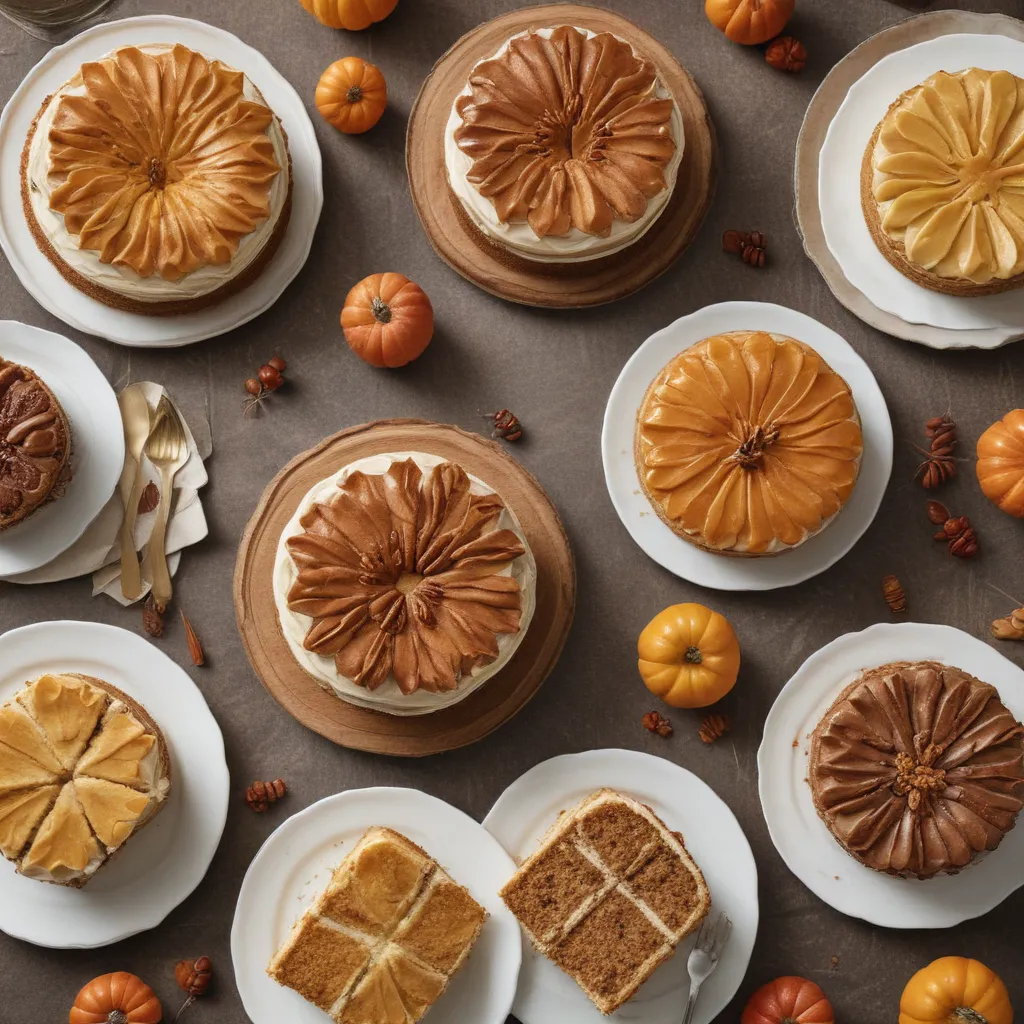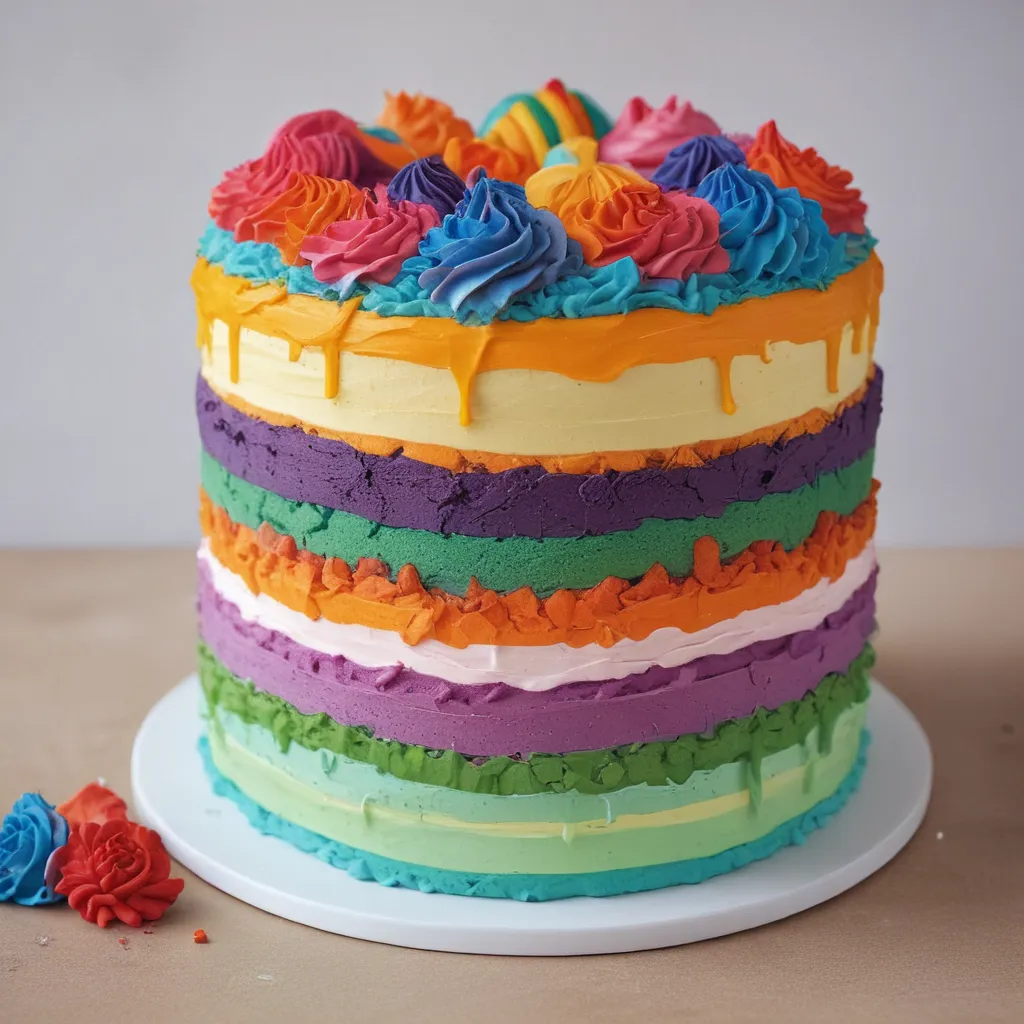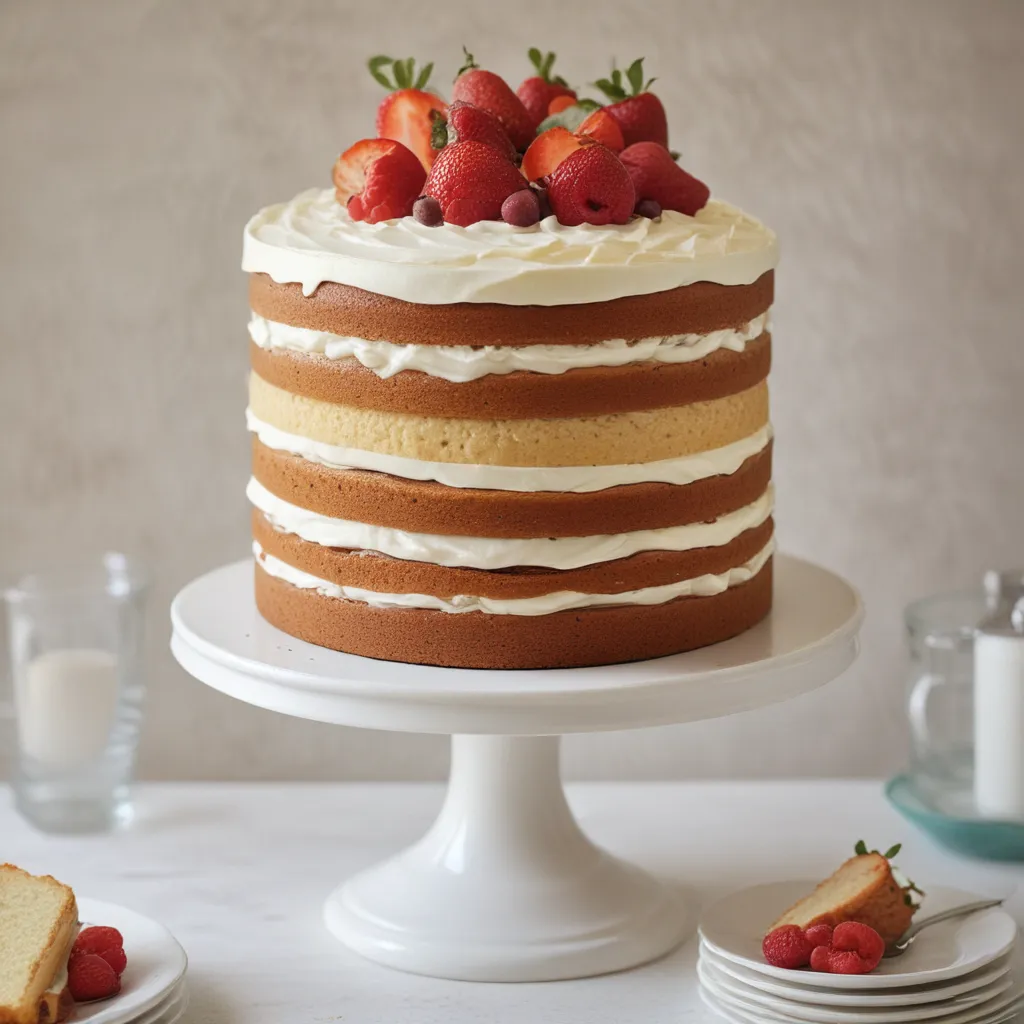Ah, the age-old quest for the perfect cake frosting – a battle that has baffled bakers for generations. But fear not, my fellow frosting fanatics, for I have uncovered the secrets to achieving that silky-smooth, Instagram-worthy finish that will have your friends and family swooning.
The Fundamentals of Frosting Finesse
Let’s start with the basics, shall we? The key to smooth frosting lies in understanding the science behind it. You see, the texture of your frosting is all about finding the right balance between fat, sugar, and liquid. Too much of one ingredient can lead to a gloppy, unappealing mess, while not enough can result in a dry, crumbly disaster.
Now, I know what you’re thinking – “But I’ve followed the recipe to a T and my frosting still turns out like lumpy mashed potatoes!” Fear not, my friend, for there are a few tricks up my sleeve that will have you frosting like a pro in no time.
Mastering the Art of Creaming
The first step to silky-smooth frosting is proper creaming technique. This is the process of whipping butter (or your fat of choice) until it’s light and fluffy. It’s a delicate dance, I tell you, but once you’ve got it down, the results are nothing short of magic.
The key is to start with softened, room-temperature butter. This allows the fat globules to break down and incorporate air, creating that light and airy texture we’re after. But don’t go punching the poor butter – that’ll just make it tough and dense. Instead, use a gentle, whipping motion to gradually incorporate the air.
And don’t forget to scrape down the sides of the bowl regularly. This ensures that every last bit of butter gets incorporated, giving you a perfectly smooth and consistent frosting. Trust me, your cake’s surface will thank you.
The Sweetness Balancing Act
Now, let’s talk sugar. It’s the secret ingredient that gives frosting its signature sweetness and silkiness. But don’t go dumping the whole bag in there – that’s a rookie mistake that’ll leave you with a grainy, overpowered mess.
The trick is to add the sugar gradually, a little at a time, while continuing to whip the frosting. This allows the sugar to dissolve completely, resulting in a smooth, creamy texture. And be sure to use the right type of sugar – powdered sugar is your best bet, as its fine crystals blend seamlessly into the frosting.
Mastering Liquid Dynamics
Ah, the final piece of the puzzle – liquid. Whether it’s milk, cream, or even a touch of liqueur, the liquid you choose can make or break your frosting. Too much, and you’ll end up with a soupy, unspreadable mess. Too little, and your frosting will be as dry as the Sahara.
The key is to add the liquid slowly, a tablespoon at a time, while continuing to whip the frosting. This allows the liquid to incorporate fully, creating a luxuriously smooth texture. And don’t be afraid to experiment – a splash of vanilla extract or a hint of almond can take your frosting to new flavor-filled heights.
Real-Life Frosting Fixes
But don’t just take my word for it. Let me share a few real-life examples of frosting fiascos and how I managed to save the day.
There was the time my friend Sarah tried to frost her famous chocolate cake. She followed the recipe to a T, but ended up with a lumpy, grainy mess that refused to spread. Turns out, she had gone a little heavy-handed with the sugar, causing the crystals to refuse to dissolve. A few tablespoons of heavy cream and some extra whipping did the trick, transforming her frosting from a disaster to a delight.
And then there was my cousin Jaxon, who proudly presented his first-ever homemade birthday cake to the family. The cake itself was a masterpiece, but the frosting… well, let’s just say it was more like a whipped cream explosion than a smooth, creamy topping. After a quick pep talk and a demonstration of proper creaming technique, Jaxon was on his way to frosting fame, impressing us all with his newfound skills.
The Cake Decorating Conundrum
But the journey to frosting perfection doesn’t end there, my friends. Once you’ve mastered the art of smooth, creamy frosting, you’ll need to tackle the next challenge: cake decorating.
Now, I know what you’re thinking – “But I can barely keep my frosting from sliding off the cake, let alone pipe intricate designs!” Fear not, for I have the secrets to decorating success up my sleeve.
First and foremost, make sure your frosting is at the perfect consistency. It should be smooth and spreadable, with just the right amount of stiffness to hold its shape. If it’s too soft, your piped designs will melt and sag. Too stiff, and you’ll struggle to get a clean, crisp finish.
And speaking of piping, the key is to practice, practice, practice. Start with simple designs like swirls and rosettes, and gradually work your way up to more complex patterns. And don’t be afraid to experiment – you never know what hidden artistry might be lurking within those buttercream-stained hands of yours.
The Grand Frosting Finale
So there you have it, folks – the secrets to achieving that elusive, silky-smooth cake frosting that will have everyone wondering if you’re a professional pastry chef in disguise. Follow these tips, and you’ll be whipping up Instagram-worthy cakes in no time.
And who knows, maybe one day you’ll be the one teaching the next generation of frosting fanatics the art of creaming and the mysteries of liquid dynamics. Until then, keep on frosting, my friends, and never stop chasing that perfect, velvety finish.
Oh, and if you’re in the San Jose area and in need of a custom cake that’s as beautiful as it is delicious, be sure to check out Jax Cake Shop. They’ve got the frosting game on lock, and I can personally vouch for their skill and expertise. Now get out there and start frosting like a pro!





